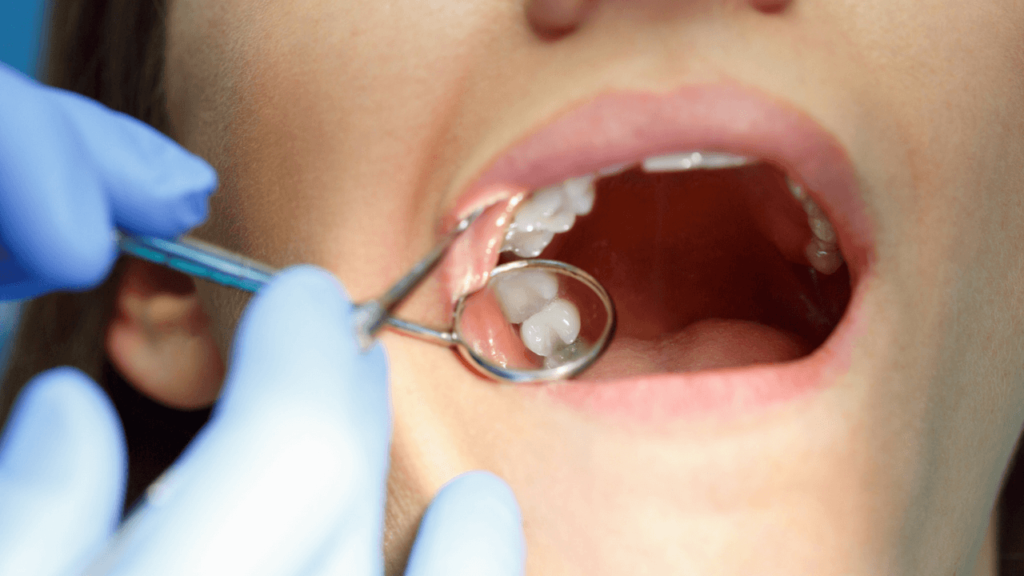Dental sealants are made of thin, plastic coating painted on chewing sides of back teeth: the premolars and molars. They prevent tooth decay by protecting the teeth from bacteria and acid that attacks the enamel. Basically, the sealant creates a shell that shields the enamel all around the tooth.
Why Are Sealants Used On Molars or Premolars?
Molars and premolars are situated deep inside the mouth, making it harder to clean. The toothbrush and floss hardly clean out the grooves in between the teeth located at the back. The teeth are tightly packed, and this makes it hard for toothbrush bristles to reach and takeout food debris. These reasons make molars and premolars a target for acid and bacteria attack. The bacteria breed on them and eventually eat through the enamel causing cavities.
Who Should Get Sealants?
Sealants are ideal for anyone with permanent molars and premolars. The back teeth are highly likely to decay and develop cavities around the deep grooves and depressions. Therefore, sealants are recommended for teenagers and children. The adults who manage to grow up free of dental issues affecting their molars could also benefit from dental sealants.
The pediatric dentists at Kidzania advise children to have sealants as soon as the premolars and permanent molars come out. This helps protect the teeth from when the kids are as young as six years.
In some rare cases, children younger than six years may need dental sealants. When a dentist observes that a child’s teeth have deep grooves and depressions, he or she may recommend the use of sealants. This is because baby teeth play a critical role in creating the right spacing when permanent teeth come out.
How Are Sealants Applied?
Parents may worry if the process of applying sealant is painful. On the contrary, it is painless and quite simple. The process only takes a few minutes. The dentist starts by cleaning the surface of the teeth thoroughly using a rotating brush and strong fluoride. The cleaning process should wipe out all the debris stuck in between teeth.
The teeth are then rinsed off with clean water to wipe out the fallen debris. They are then dried. After that, the dentist places an acidic solution on the tooth’s surface for a few seconds before being rinsed. This solution should roughen up the chewing surfaces in order to create a bonding surface for the sealant.
Once the tooth dries up, the sealant, now in liquid form is applied to the tooth and left to dry till it hardens. At times, a special light is used to quicken the hardening process of the sealant. Upon hardening, the dental sealant forms a hard but thin plastic coating that covers all the targeted teeth independently. You may continue chewing with the tooth normally.
For How Long Will The Sealant Serve You?
Dental sealants have been in existence since the 1970s and have continued to improve thanks to advanced technology and research. Today, a sealant may last up to ten years of maximum effectiveness. However, they demand routine check-ups for chips or wear. When necessary, your dentist may decide to replace the sealant as required.
You will need to continue to brush and floss your teeth as usual even after applying the dental sealants. This helps protect surfaces left uncovered by the sealants. Good dental hygiene standards should be maintained since the dental sealants are but precautionary measures. Visit Kidzania Pediatric Dentistry to see if your child is a candidate for dental sealants.
Serving the children of Aubrey, Little Elm, Prosper, Frisco, Celina and Denton, Texas, we provide dentistry for kids in a warm, caring and child-friendly environment. As Pediatric Dentists and Orthodontic specialists, we are able to care for the unique dental needs of every child. We focus on preventive care to help each child grow a healthy smile that will last a lifetime.

